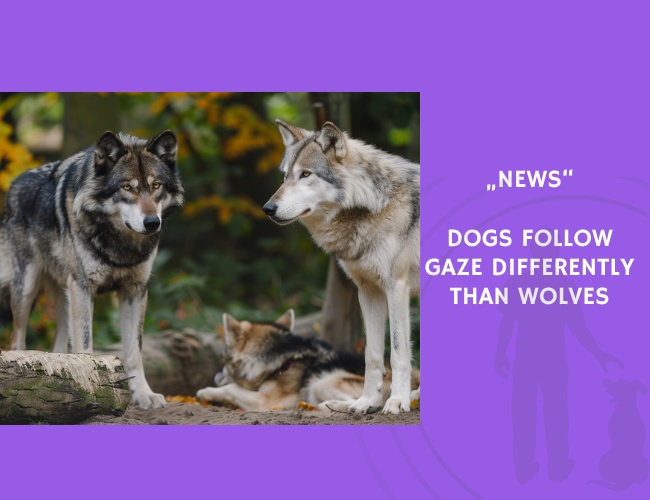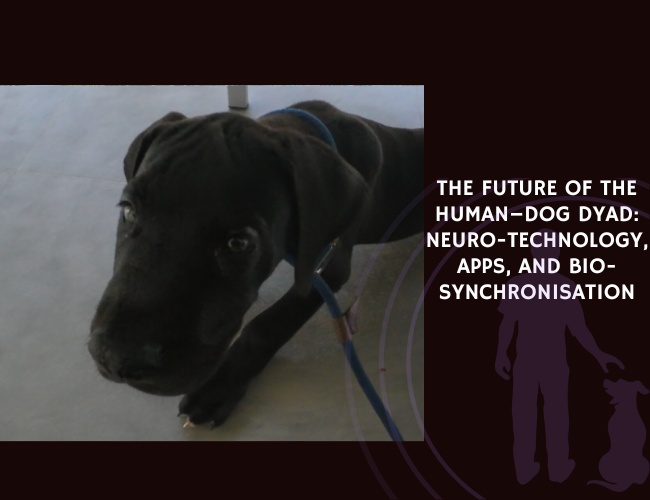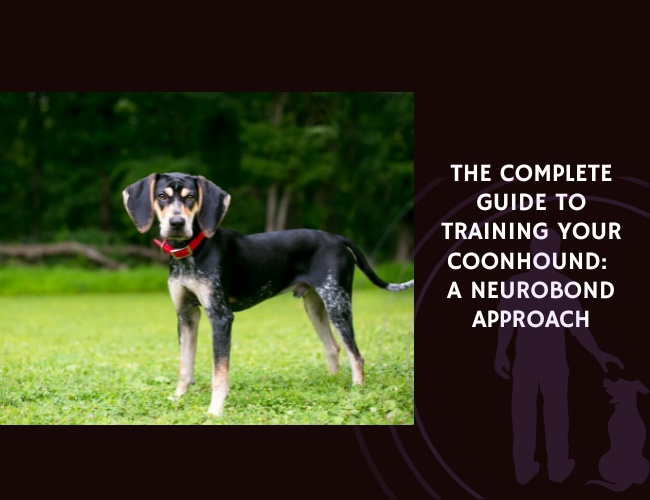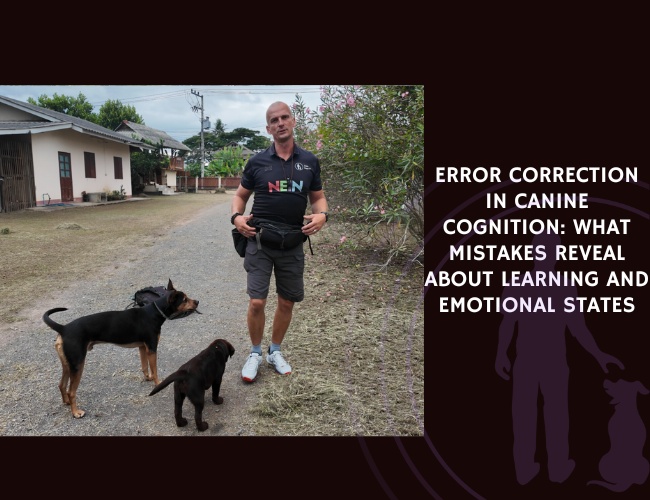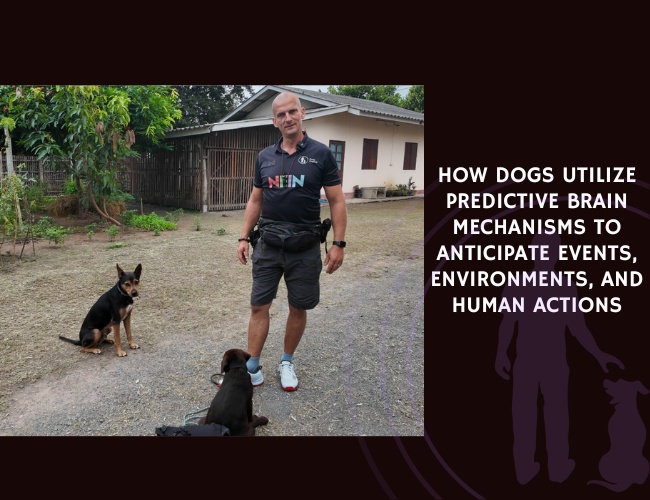This correction and summary reflect a study comparing how pack-living dogs and wolves follow human and conspecific gaze under identical living conditions.
This 2017 correction note refers to a 2016 study exploring whether domestication altered dogs’ gaze-following abilities compared to wolves. Researchers studied wolves and dogs raised together in the same pack environment.
In the first part of the original study, dogs did not follow minimally communicative human gaze into distant space, whereas wolves did. This suggests that domestication may have reduced the dog’s tendency to follow non-explicit human gaze cues.
However, in observing intraspecific behavior (Study 2), both dogs and wolves followed the spontaneous gaze of their packmates at similar rates. This indicates that the underlying cognitive mechanism for gaze following remains intact across species, and the divergence appears specific to human-directed gaze.
Researchers conclude that while the ability itself hasn’t been lost, the responsiveness to human cues might have evolved uniquely in dogs. They suggest future comparisons should prioritize intraspecific contexts to better understand animal cognition in social species.

